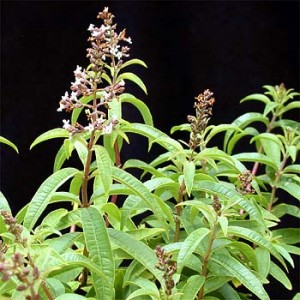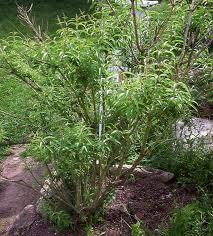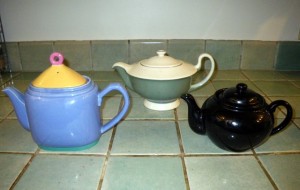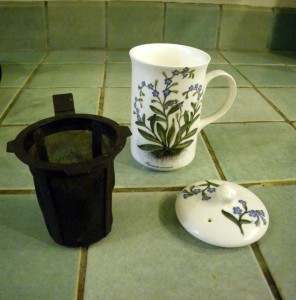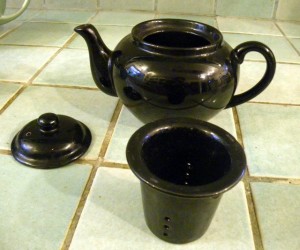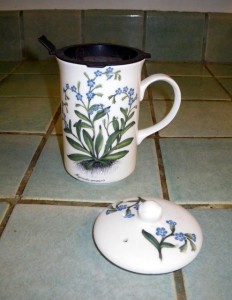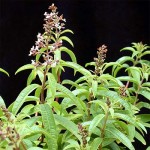
by Avis Licht
Growing your own herbs for tea and flavorings is easy and satisfying. Many herbs can be grown in pots and brought inside in the winter, to give you fresh, delicious taste. In the next series of posts I’ll go through a variety of my favorite herbs. Today’s is about Lemon Verbena.
This delicate perennial can survive winters down to 20 deg F, but will lose its leaves in the the winter. In mild winter areas, it may keep some of its leaves. So if you have a place in your house for this plant, it is worth the space. We don’t always have lemons available, but you can have lemon flavoring with this plant. It is tangy and lemony in a way you wouldn’t think a leaf could be.
In the ground, lemon verbena can grow to 8 – 10 feet. It looks better pruned, but is still kind of homely. However, its flavor more than makes up for any visual deficiencies.
Lemon verbena prefers rich, well drained soil. It does better with regular watering, but can become fairly drought resistant with time. Full sun is the best.
In a container, make sure it has compost and well draining potting soil. Water it regularly, but don’t leave it sitting in water. Put it in a sunny spot by a window.
You can use the leaf as a substitute for lemon zest in almost any recipe. It is fine in both sweet and savory dishes. You can use the leaves to garnish fruit salad, or put it in with vegetables such as as broccoli, spinach or asparagus. You can rub chicken or lamb with the leaf or lay it over fish while baking.
Pour boiling water over the leaves and you have a wonderful tea, or float a few leaves in cold water and have the fresh taste of lemon.
Its uses are really numerous. Experiment – you can’t go wrong with this plant in your edible landscape.

